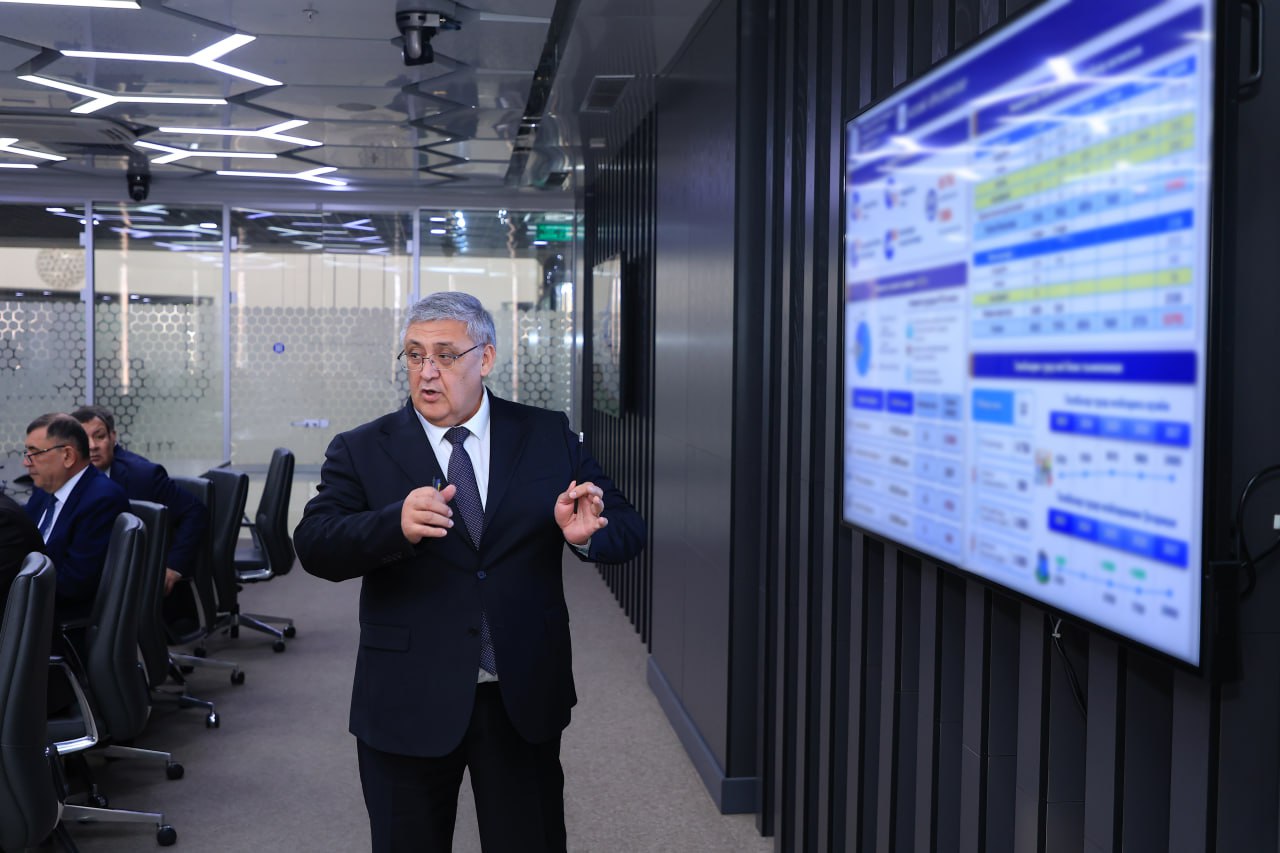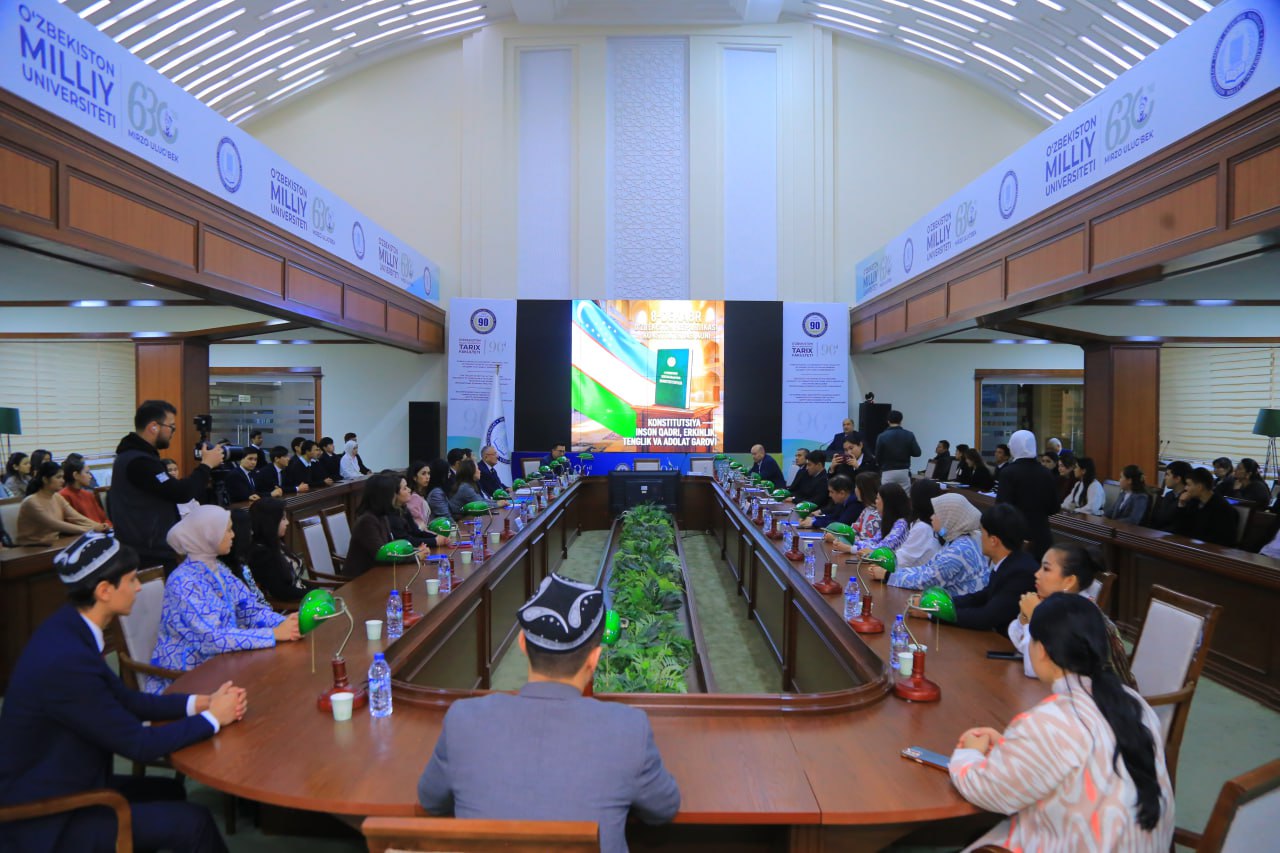Principal investigator of the project: Shaislamov Ulugbek
Time frame for the project: 01.06.2021y. – 31.05.2026y.
Project code: Ф-ОТ-2021-237
Type of the project: Fundamental
Expected results and their relevance:
Within the fundamental project, theoretical and experimental research related to the development of photocatalysts based on nanostructured materials and the study of their properties with the aim of further practical application in the process of hydrogen generation by photocatalytic decomposition of water will be carried out. Mechanisms of formation of oxide semiconductor photocatalysts as well as study of their properties will be theoretically studied (computer simulation) and confirmed experimentally.
- Fundamental processes in semiconductor nanomaterials, such as absorption of photons (sunlight), formation and movement of charge carriers, and their transfer across the semiconductor/liquid interface will be studied at the nanoscale using high-precision devices and instruments. The results will form the basis for practical measures to improve the efficiency of photocatalytic nanomaterials.
- The influence of the types and structural properties of selected nanomaterials on their photocatalytic activity will be studied theoretically using computer simulation and a modeling methodology adapted to the “semiconductor nanoparticle-liquid” system will be developed. These results will allow us to predict the ability and efficiency of the selected nanomaterials to decompose water or other liquids, this, in turn, will increase the efficiency of the synthesis of photocatalytic materials with the required properties.
- A set of knowledge and data necessary to create a low-temperature, inexpensive and convenient technology for the synthesis of semiconductor nanomaterials of different shapes, sizes and structures (nanotubes, nanorods, nanoparticles).
- The results of the project’s research involving the process of photocatalysis and the creation of highly effective photocatalytic materials can be used in other important fields, such as the purification of waste water from harmful organic compounds in the textile and pharmaceutical industries, as well as domestic waste water, disinfection of air and products from microbes and bacteria, and the creation of building materials with a self-cleaning surface. This will all in turn create important, innovative technologies.
- In addition, the project will lead to the creation of a scientific school in Uzbekistan that will conduct research on the application of nanotechnology in energy and environmental protection, which is unique to Uzbekistan. This, in turn, will be the basis for training highly qualified young personnel with modern knowledge.
- Theoretical research using computer modeling methods with great potential for solving project tasks combined with experimental methods of research based on modern high-precision equipment increases the reliability of the results, which facilitates the transition to the applied project and in the future increases the possibility of implementation in the real sector.
- At the final stage of the project, a laboratory-testing device for hydrogen production based on nanostructured photocatalysts with high efficiency and stability will be created.
The main scientific (scientific and technical) results obtained during the reporting period (at the end of the first year of the project):
Within the framework of this project at the Faculty of Physics of the National University of Uzbekistan a scientific laboratory was created: the laboratory room was completely renovated and the necessary communications were installed. For the initial period of the project implementation the planned general laboratory equipment was purchased. During the reporting period, 6 scientific instruments and about 30 necessary reagents were purchased. The samples based on ZnO and TiO2 defined in the project plan were synthesized and their properties were analyzed. By changing the parameters of the selected hydrothermal synthesis, ZnO nanostructures with a hexagonal crystal structure with different morphology and size were obtained. The length and the diameter of the obtained ZnO nanostructures were ~2-4 µm long and ~40-200 nm, repsectively. The photocatalytic activity of ZnO nanoparticles was found to depend on their size and shape. Photocatalysis reaction time constant k was found that ZnO (k=0.1483 min-1) with branched morphology has higher photocatalytic activity compared to flat cylinder morphology (k=0.06987 min-1). Oral presentations on the results of the study were made at 7 local and international conferences. The results of the study were published 1 journal article indexed in Scopus and another journal article was prepared (submitted). The scientific laboratory established within the framework of the project is being used by the Faculty of Physics for teaching “Fundamentals of nanophysics” and “Physics of nanomaterials” clases. 1 doctoral student (PhD) and 3 master students are involved for conducting research on their dissertation.
Journal publications published within the project in foreign journals indexed in SCOPUS and WOS:
- Z. Xiao, X. Mou, X. Meng, Q. Yang, Y. Ma, N. Zhao, X. Huang, U. Shaislamov, D. Kong, Z. Zhi. Electrifying Schiff-based networks as model catalysts towards deeply understanding the crucial role of sp2-carbon in nitrogen-doped carbocatalyst for oxygen reduction reaction.Applied Surface Science, ISSN: 01694332, V. 599, 2022 P. 153961.
- Shaislamov U.A., EsbergenovaА.S., Ruzimuradov O.N “Unveiling the Photocatalytic Properties of the Ag/ZnO Metal-Semiconductor branched Nanostructures Grown by Galvanic Potential Assisted Hydrothermal Method” Journal of Sol-Gel Science and Technology (Scopus/в расмотрении).


